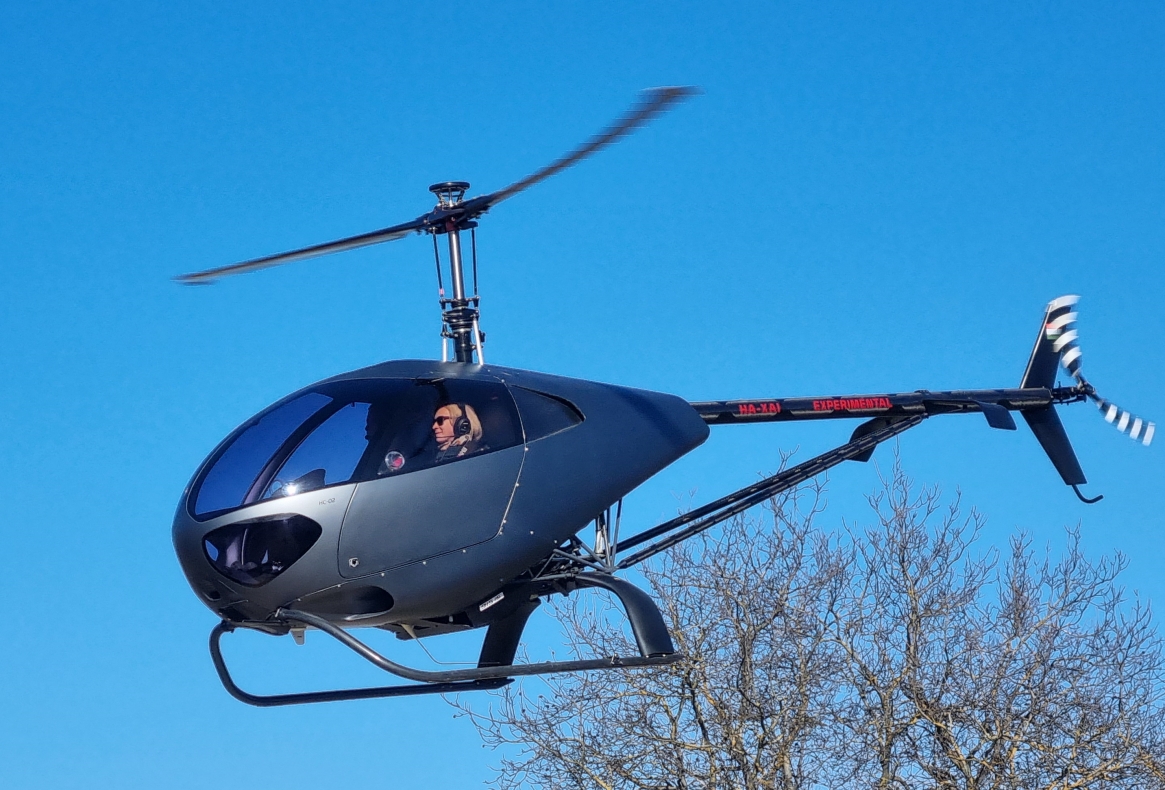
The Hungarocopter start-up is geared towards success in a very competitive market.Continue reading

Six to eight new hydrogen filling stations could be built in Hungary. The European Union’s 2023 Alternative Fuel Infrastructure Regulation (AFIR) calls for the deployment of hydrogen refueling stations along the Trans-European Transport Network (TEN-T) by the end of 2030, wrote Világgazdaság.
The locations where hydrogen filling stations for road haulage companies are most likely to be installed have been identified. Five sites have been selected as high priority (in Austria, there are six locations where hydrogen can be purchased).
The first is the Linde site, which already has a hydrogen filling station. This filling point could serve trucks travelling around Budapest and those arriving from abroad. The second high-priority site is the Szigetszentmiklós rest area on the M0 motorway, which is within easy reach of one of the largest industrial parks in Hungary and close to a trimodal junction. Both of these are located near the capital. The third is the Hedoti stop located west to Budapest on the M1 motorway, due to the proximity of the Audi factory. The Szeged stop on the M5 near the Serbian border is also significant, just like the Józsa stop on the M3, located in the far east corner of the country.
This means that if hydrogen can be refueled at these sites, the country will be interoperable in this respect, but with very low penetration of the technology.
The EU regulation requires the construction of public hydrogen refueling stations with a “combined capacity of at least one ton per day and a minimum dispensing pressure of 700 bar” at a maximum distance of 200 kilometers along the core network. It is also required that “at least one public hydrogen filling station shall be installed at each urban hub by December 31, 2030.” In connection with this strategy, Toyota Motor Europe has partnered with two companies: the French Hydrogen Refueling Solutions (HRS), an expert in the development of hydrogen refueling stations, and ENGIE, a multinational energy industry player,
to build a “fast, versatile, and cost-effective” hydrogen refueling infrastructure along the TEN-T network.
The requirements set by AFIR call for wells where both light and heavy vehicles can be refueled. This is the case with the new Twin Mid Flow (TMF) technology, which uses a higher flow rate, twin nozzle system to refuel light commercial vehicles and cars in five minutes and heavy trucks in 10 minutes. Previously, this would have required two different charging points at each station, so the new system makes it cheaper and quicker to build a well network. The new technology can be used to meet the targets set in the AFIR Regulation because it is quick and cost-effective to install.
Via Világgazdaság, Featured image: MTI/Balogh Zoltán